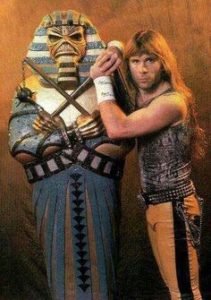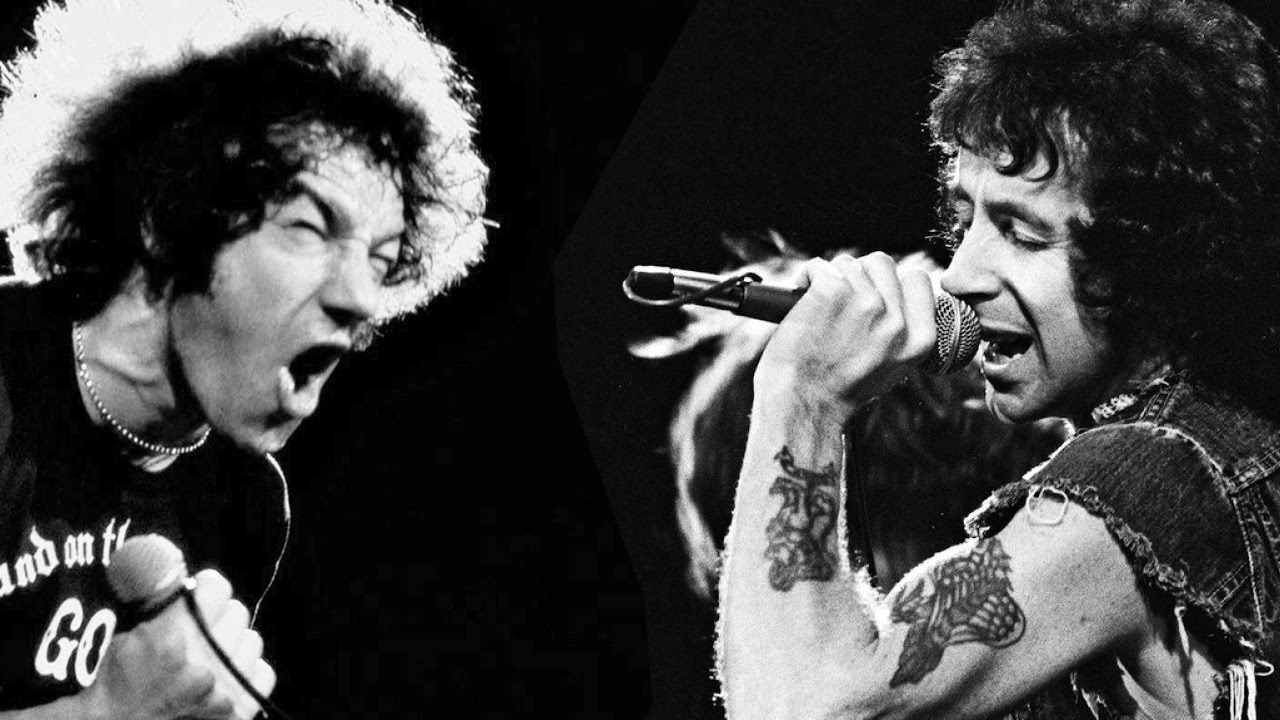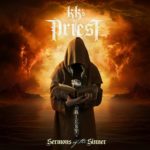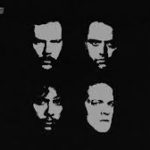Ten Replacement Singers
Losing a lead vocalist often spells the end of an established band. Fickle fans can turn their attention elsewhere and initial chemistry is often shattered. Swapping singers isn’t always a disaster. The following front men have given their bands a second lease on life.
BRIAN JOHNSON
AC/DC were poised for international success in the late 70’s. Highway To Hell had peaked at number 17 on the US charts. After several albums, the band was FINALLY breaking in America. The future looked bright until tragedy struck on February 19th 1980. Charismatic singer Bon Scott was found dead after a night of hard partying. The official cause of death was “acute alcohol poisoning” and “death by misadventure.”
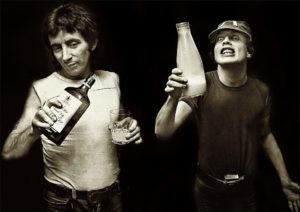
After a brief period of mourning, the band auditioned Brian Johnson. Bon Scott had personally praised Johnson after seeing him perform with Geordie. Brian’s scratchy voice proved a perfect match for AC/DC’s high voltage rock.

Released a mere five months after Bon Scott’s passing, Back in Black was a tribute to their fallen front man. Johnson’s debut record with AC/DC was a success. Back in Black has sold 22 million albums, officially becoming the second best-selling record of all time.
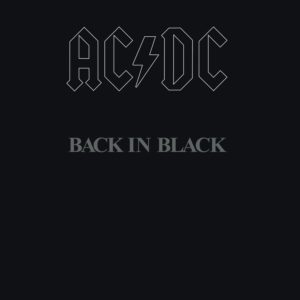
RONNIE JAMES DIO
Black Sabbath came unraveled in the late 70’s. Ozzy had briefly left the band and was temporarily replaced by an unknown singer named Dave Walker. Ozzy returned in time for Never Say Die but unresolved tensions stemming from drug abuse culminated in his permanent sacking.
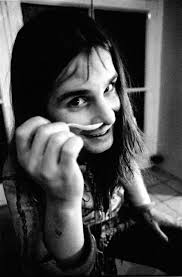
Fresh out of his tenure fronting Richie Blackmore’s Rainbow, Ronnie James Dio needed a new group. Timing was so perfect it seemed cosmic forces conspired to unite them. The resulting Heaven and Hell album was a critical and commercial success and is now regarded as a timeless masterpiece.
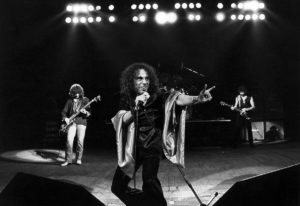
IAN GILLAN
Deep Purple scored an immediate hit with a cover of “Hush.” The song helped push Purple’s debut album to number 24. As the band pursued a heavier direction, original singer Rod Evans seemed out of place and was dismissed after three records.
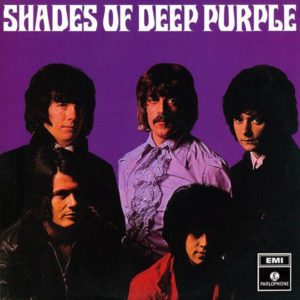
New singer Ian Gillan completed the line-up that most people associate with Deep Purple. Machine Head remains the biggest-selling Purple record and songs like “Smoke on the Water” and “Highway Star” are firmly entrenched in popular culture.
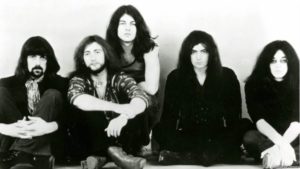
Ian Gillan stepped into another high profile band in 1983. After Ronnie James Dio left Black Sabbath, the band set out on the task of hiring a third singer. Although Gillan only fronted Black Sabbath for a single album, Born Again, kept Sabbath in arenas during the subsequent tour.
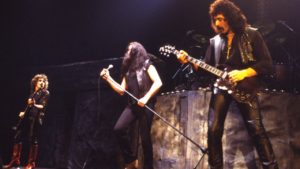
TIM “RIPPER” OWENS
Rob Halford sent shockwaves through the metal community when he announced his departure from Judas Priest. As the singer carried on with his band Fight, Judas Priest was effectively sidelined.

Judas Priest was reborn in 1996 with the help of Tim “Ripper” Owens. Taken directly from a Judas Priest tribute band, it was a classic rags to riches story. “Ripper” recorded two studio records along with 2 live records with Judas Priest.
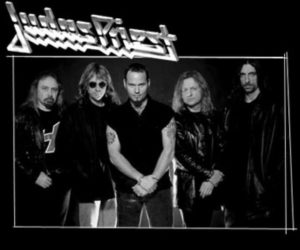
When Rob Halford returned, Owens sang for high profile artists Iced Earth and Yngwie Malmsteen. He continues to recreate classic metal with the tribute band, Dio Disciples.

JOEY BELLADONNA
Anthrax were on the cusp of the emerging thrash metal scene. The management team behind Metallica had invested in the band and released Fistful of Metal on Megaforce Records. The metal press and countless metalheads praised the album. When internal conflicts forced Anthrax to fire lead singer Neil Turbin, that momentum could have been severely disrupted.
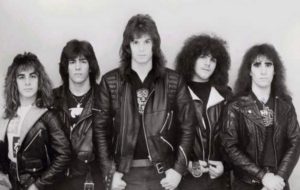
After briefly working with a second singer, Anthrax found their man. Joey Belladonna was not a typical thrash singer. His operatic vocals had more in common with Journey than extreme metal. Yet, when combined with the heaviness of thrash, that soaring voice gave Anthrax an edge that distinguished them from their peers.
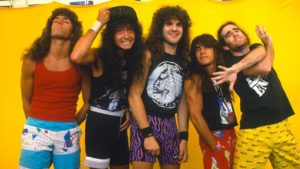
With Joey at the helm, Anthrax set out on a streak of good fortune. MTV played their videos, the band toured with legends like Ozzy and Maiden, and the Belladonna-era albums secured their place in the so-called “Big Four” of thrash metal.
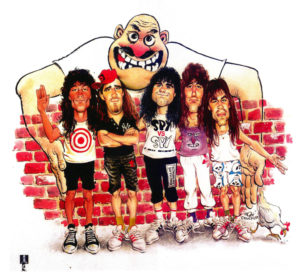
STEVE “ZETRO” SOUZA
Exodus were another thrash band forced to change singers after a successful debut album. Bonded By Blood quickly became a hallmark thrash album with the help of front man Paul Baloff. After touring, personal differences came to a head and the notoriously hard-partying Baloff was fired.
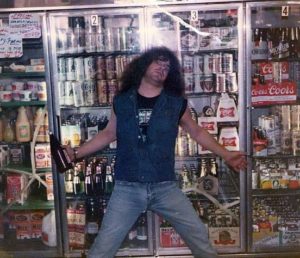
Replacing a singer is doubly hard when that man is a beloved icon in the metal community. Fortunately, Exodus were able to land another respected vocalist. Steve “Zetro” Souza was hired from Legacy, who soon hired Chuck Billy and changed their name to Testament. Exodus continued with Souza into the nineties and Zetro’s distinctive style has become the voice of Exodus.
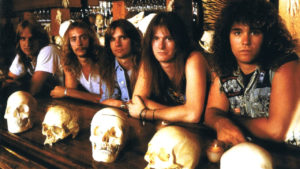
MICHAEL KISKE
Helloween offers a twist on the replacement singer saga. Guitarist Kai Hansen originally assumed both vocal and six-string duties. Instead of being fired, Hansen voluntarily stepped down from vocal duties to focus on guitar. It was a golden decision. New singer Michael Kiske brought Helloween to a new level. The resulting Keeper of the Seven Keys albums are considered genre-defining bibles of Power Metal.

HENRY ROLLINS
Black Flag’s work ethic is the stuff of legend. Few singers possess the stamina to endure the long rehearsals and extended tours required of Black Flag. After a series of short-lived front men, Henry Rollins proved to be the perfect foil to Ginn’s caustic guitar. Throughout several albums and near constant touring, Rollins reliably screamed, writhed, and brought a consistent energy until Black Flag’s demise.
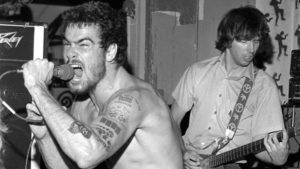
MIKE PATTON
Faith No More released two albums with original singer Chuck Mosley and managed to score a minor hit with “We Care A Lot.” Faith No More found greater success with the arrival of Mike Patton. Out of three music videos filmed to promote The Real Thing, “Epic” found favor with mainstream audiences. Epic became a “number 1 hit single” and helped push the album to #11 on the Billboard charts. Faith No More continued to evolve with subsequent albums and have earned the enduring respect of rock audiences.

BRUCE DICKINSON
Iron Maiden released two albums with Paul Di’Anno. As Maiden’s success grew, so did touring commitments. With rampant drinking and drug-use increasingly out of control, the singer’s performances suffered. Di,Anno was dismissed from Iron Maiden at the conclusion of the Killers tour.
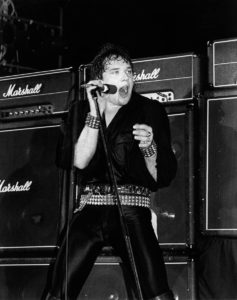
Maiden promptly hired Bruce Dickinson of the UK band Samson. Dickinson’s soaring vocals were a stark contrast to the gritty voice of Di’Anno. With Bruce at the helm, Iron Maiden went on to become one of world’s biggest bands.
